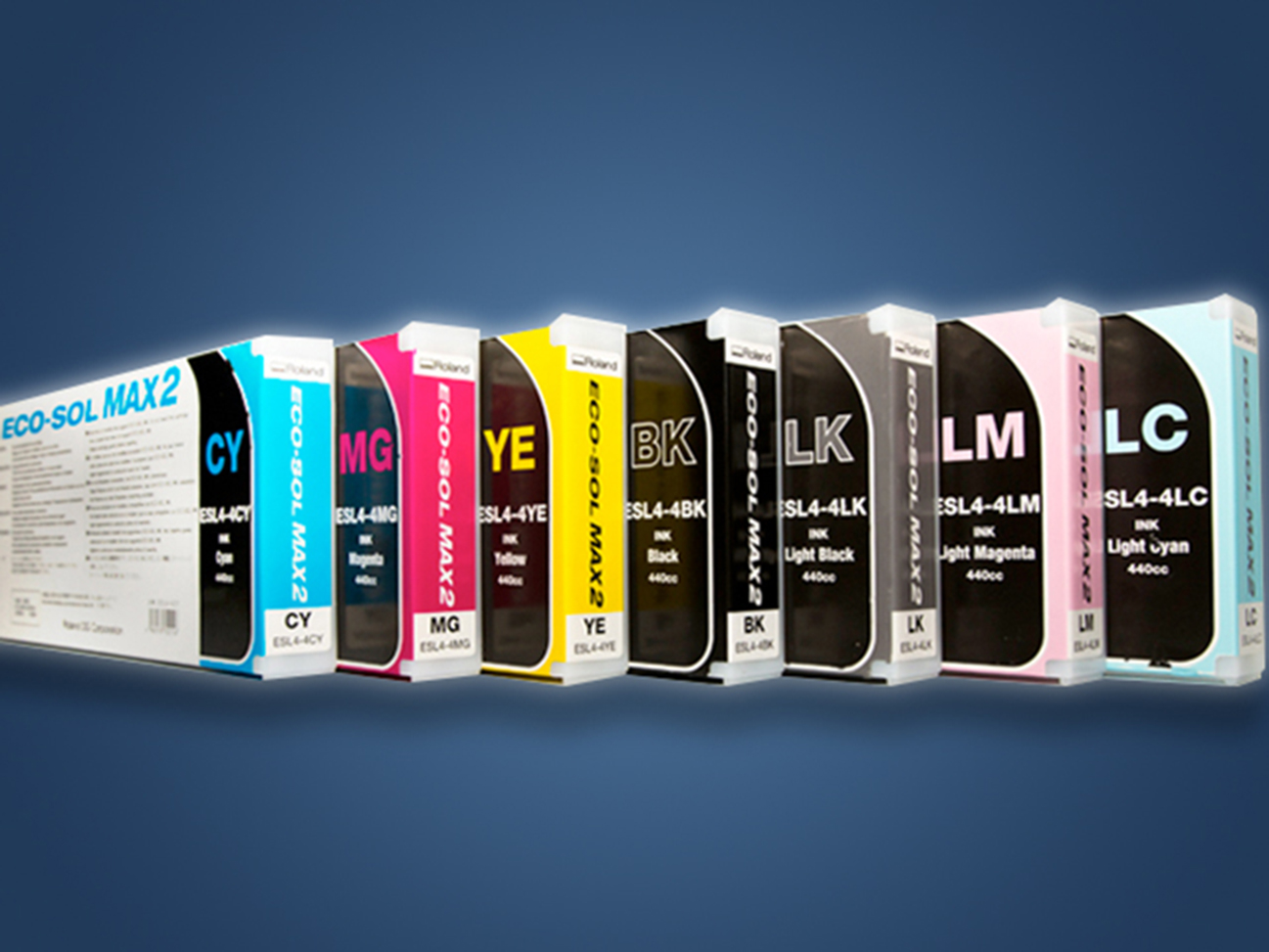
Printing 101: What is CMYK?
In the world of professional printing, the acronym CMYK holds a fundamental key to the art and science of colour reproduction. CMYK, which stands for Cyan, Magenta, Yellow, and Key (black), represents the core colour model used in the printing industry. Whether you are a graphic designer striving for impeccable colour accuracy, a printing company aiming to deliver stunning visuals, or a marketer seeking the perfect print materials to captivate your audience, an understanding of CMYK is essential. In this article, we embark on a journey into the realm of CMYK printing, exploring its significance, principles, and the indispensable role it plays in bringing vibrant and precise colours to a wide range of printed materials.
What is CMYK?
CMYK, an abbreviation for Cyan, Magenta, Yellow, and Key (Black), represents the standard colour model used in the printing industry. This model serves as the foundation for colour reproduction in everything from brochures and posters to magazines and packaging. Each of the four colours in the CMYK model is represented by a separate ink or toner in the printing process.
The concept behind CMYK printing is rooted in the subtractive colour model. Here’s how it works: When you overlap varying percentages of cyan, magenta, yellow, and black inks or toners, you can create a wide spectrum of colours. By varying the dot patterns and concentrations of these inks, printers can replicate a vast range of hues and tones. This method is particularly effective in reproducing full-colour photographs and illustrations with remarkable detail and accuracy. CMYK printing is used extensively in industries ranging from publishing and marketing to packaging and graphic design, ensuring that printed materials look vibrant and true to the intended colours. It’s worth noting that while CMYK is the standard for most colour printing, certain specialized printing processes, such as Pantone spot colour printing, are used for achieving precise, consistent colours when necessary.
Why Understanding CMYK Important?
Understanding CMYK in printing is of paramount importance for several reasons:
- Colour Accuracy: CMYK is the standard colour model used in the printing industry, and it’s crucial for achieving accurate colour reproduction in printed materials. Designers and printers need to comprehend how different combinations of cyan, magenta, yellow, and black inks create specific colours. This understanding ensures that the final printed product closely matches the intended colours in the design.
- Consistency: Consistency is key in professional printing. Knowing how CMYK colours behave allows for predictable and consistent results across various printing processes and devices. This consistency is vital for branding and maintaining a uniform visual identity across different print materials.
- Cost Efficiency: Understanding CMYK can help reduce printing costs. Designing with CMYK in mind means avoiding unnecessary or extravagant use of inks.
- Problem-Solving: When issues arise during the printing process, a solid understanding of CMYK can be invaluable. It enables designers and printers to diagnose and address colour-related problems, such as colour shifts or ink saturation issues, more effectively.
- Expanded Creativity: While CMYK is subtractive in nature, meaning it starts with white and subtracts colour, understanding its principles can actually expand a designer’s creative palette. Knowing how CMYK inks interact can lead to innovative design choices and the creation of new colours and effects that can be achieved through ink layering.
- Avoiding Disappointment: Not knowing how CMYK works can lead to disappointment when printed materials don’t match digital designs. Understanding the limitations and capabilities of the CMYK colour space helps set realistic expectations for what can be achieved in print.
Which Type of Printing is CMYK Applicable?
CMYK printing is applicable to various types of printing processes, especially those used in the production of full-colour printed materials. Some of the common types of printing where CMYK is typically used include:
- Offset Printing: CMYK is widely used in offset printing, which is a popular choice for high-quality, large-volume printing jobs such as magazines, brochures, catalogues, and packaging materials. Offset printing presses use separate plates for each of the four CMYK colours to create full-colour images.
- Digital Printing: Many digital printers, including colour laser printers and inkjet printers, use CMYK inks or toners to produce full-colour documents, flyers, posters, and more. Digital printing is known for its flexibility and suitability for short-run printing.
- Large Format Printing: CMYK is also commonly used in large format printing, which includes the production of banners, posters, trade show graphics, and outdoor signage. Large format printers often use CMYK inks to create vibrant and detailed prints.
- Flexographic Printing: Flexographic printing, commonly used in packaging and label printing, often employs CMYK colour separations to achieve full-colour packaging designs and labels.
- Screen Printing: While screen printing is traditionally associated with spot colour inks, it’s possible to use CMYK halftone screens to simulate a range of colours. This is known as simulated process printing and is used in textile and poster printing, among others.
It’s important to note that while CMYK is the standard for most full-colour printing, some specialized printing processes, such as Pantone spot colour printing, are used for achieving precise, consistent colours when necessary. The choice of which colour model to use depends on the specific requirements of the printing job and the desired colour accuracy and consistency.
In conclusion, the world of CMYK printing represents a fascinating fusion of art and technology, where meticulous colour management and creative design converge to bring our visual ideas to life in vibrant, tangible forms. As we’ve explored the importance of understanding CMYK, its diverse applications across industries, and the crucial role it plays in achieving colour accuracy, it’s evident that this colour model serves as the bridge between imagination and reality in the world of print. So, whether you’re a seasoned graphic designer, a curious business owner, or simply someone captivated by the magic of colour, CMYK is a palette of endless possibilities, waiting to transform your ideas into captivating, real-world visuals.
For designers and printing business owners looking to master the intricacies of CMYK and elevate their printing game, don’t hesitate to seek assistance and expertise. Whether you require guidance on colour profiles, need help with colour accuracy, or want to optimize your printing processes, our team is here to support your journey. Reach out to us today to explore how our knowledge and resources can help you achieve impeccable CMYK results that leave a lasting impression. Together, we can turn your creative visions into stunning, real-world print materials that stand out in the competitive market.









